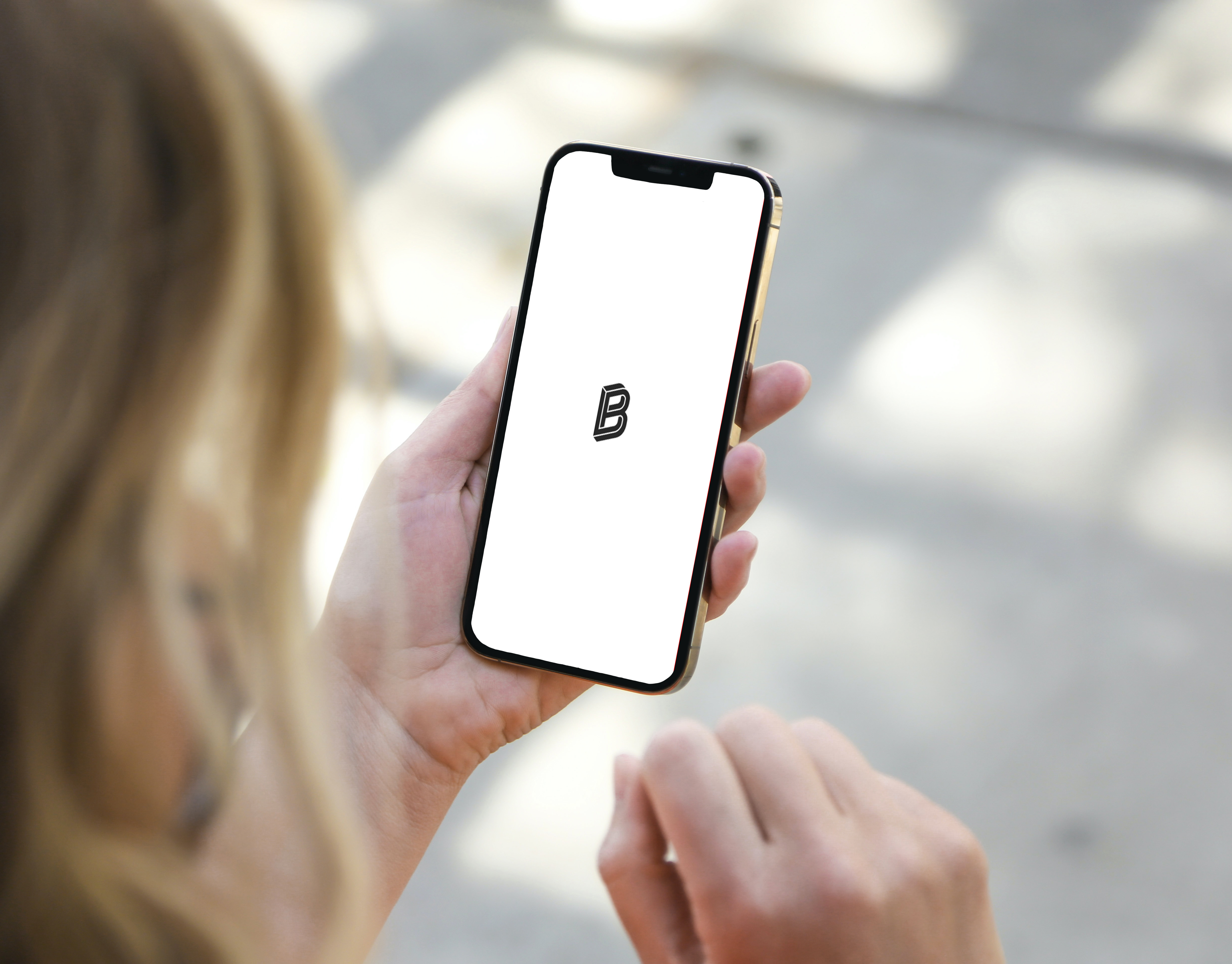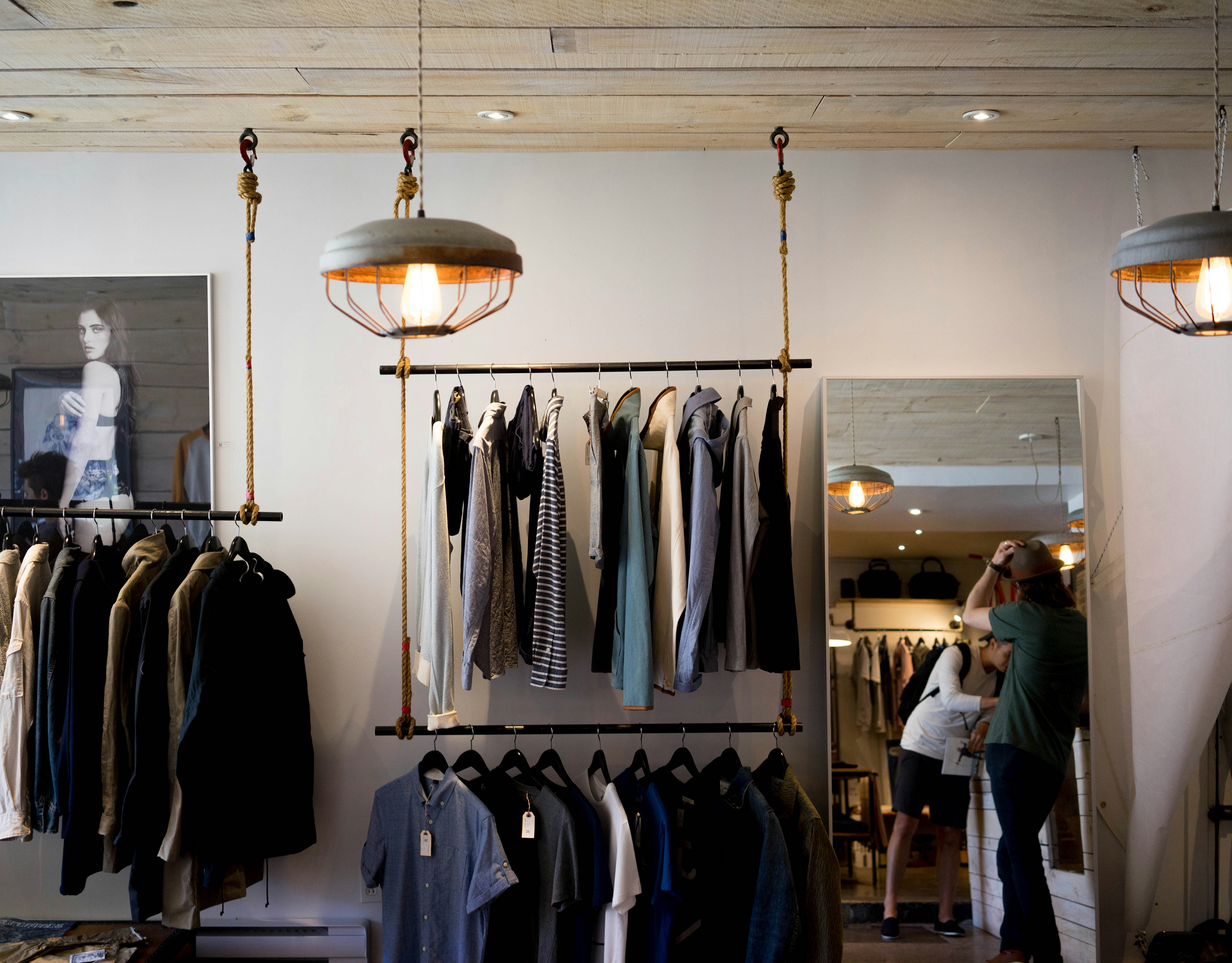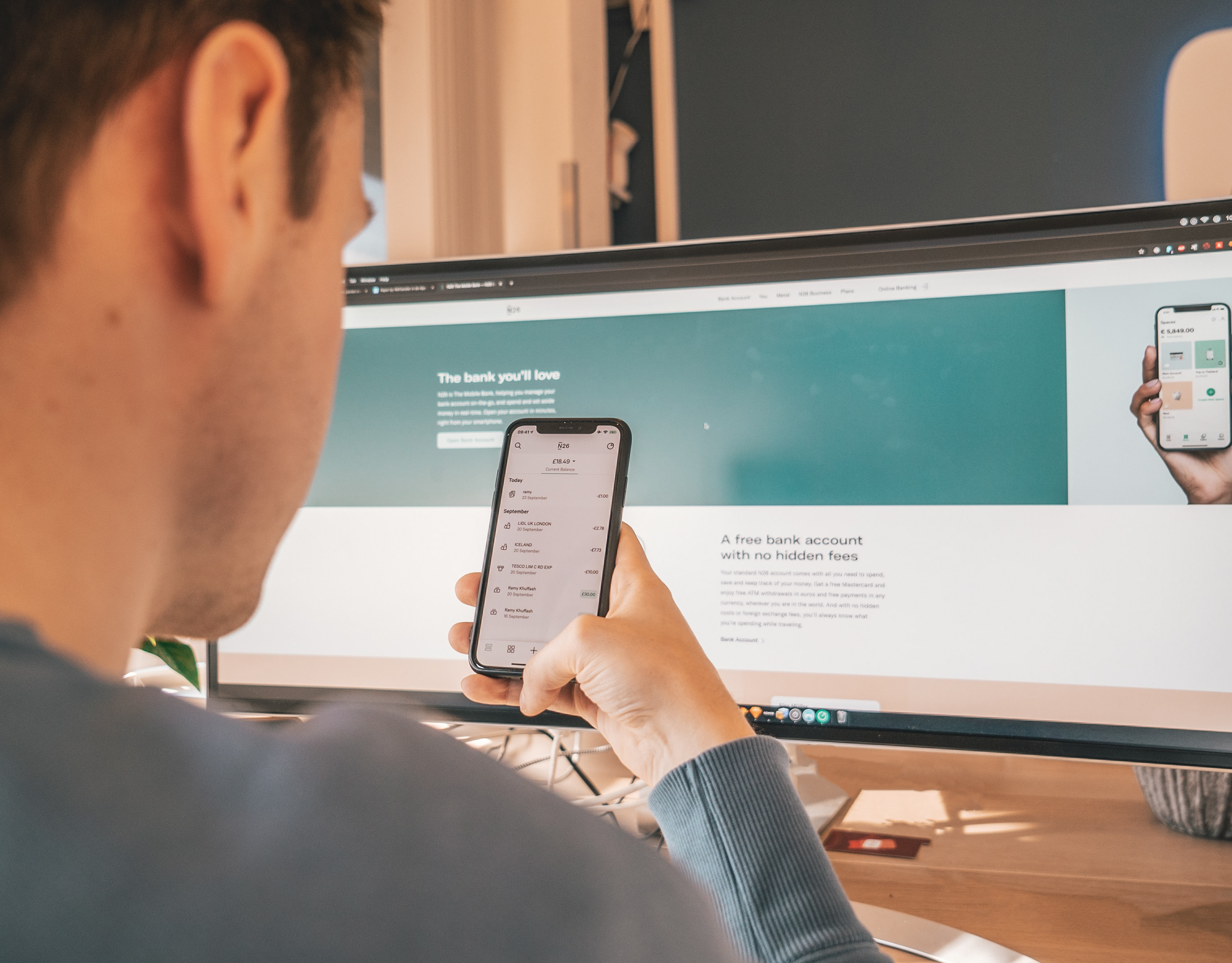Let's set the scene
I'd like to tell you about Bridl, a digital marketplace for buying and selling premium sports horses all over the world. This case study is about my process for designing a new product from scratch. The main goal was to bring some much-needed transparency, security, and simplicity to the pretty complex horse trading industry.
Year: 2020 - 2021 | Team: Hatch Studio project (Now Boldheart.io)
So, what was the problem?
If you've ever looked into buying or selling high-value sports horses, you'd know the process can be... well, a bit of a mess. It's often not very transparent, happens locally, and is super complex. It was really missing the security and ease you'd expect from a modern marketplace. So, the big challenge for me was to design a "0 to 1" digital platform—something from nothing— that could build trust, simplify this whole process, and work for a global audience.
My role in this...
My role on this was UX Designer, and since we were building it from the ground up, I was responsible for the whole end-to-end design. I did the foundational desk research to understand the market, I defined the user flow and information architecture, and last but not least, I designed the UI for both the web and mobile apps.
The outcome: a validated concept and a foundation for growth
So, what happened in the end? The Minimum Viable Product (MVP) that I built successfully validated the founders' core business idea. It was the essential proof they needed to show that a digital marketplace for the equine industry was not only a good idea, but a viable one.
This initial validation was the critical first step that allowed the company to move forward. Today, five years later, Bridl is a growing company with a full team dedicated to maturing and expanding the platform.
While the app has naturally evolved and my original designs are no longer online, the foundational strategy and user flows I created were what paved the way for that future success. It was a true "0 to 1" project that helped bring a great business idea to life
The Journey: How I Built a Platform from Scratch
Creating a new marketplace for such a specialised industry meant I had to start with the basics and move from broad research to specific, tangible screens.
1. First, I had to understand a whole new industry.
The first and most important step was just to understand the market and what its users needed. To do this, I did a lot of desk research. I gathered data from industry reports, looked at what little competitor analysis was available, and read existing user feedback in the space. This was super important for me to get a handle on the key trends and pain points in the traditional horse trade.
2. Then, I had to structure the experience.
Once I had all those insights from my research, I developed a user flow that mapped out the main journey for both buyers and sellers. This part of the process involved working closely with the stakeholders to make sure the platform's structure would work for our users and also meet the company's goals. This became the blueprint for the entire platform.
3. Finally, I crafted the interfaces for web and mobile.
With the user flow set, I could finally start designing the screens. I focused on creating a design that was visually appealing and user-friendly, because building trust was so important. For the mobile app, I really had to think about the unique challenges of a smaller screen and different ways people would interact with it. Throughout this whole phase, I talked constantly with the development team to make sure everything I was designing was actually possible to build.
The solution: a modern marketplace for equine trade
The final product is a clean and intuitive marketplace that brings clarity and security to the horse industry. We designed it for both web and mobile so it would be a seamless experience for people at home or on the go.
A few key features we designed to build trust and make things easier were:
→A centralised feed: The home screen is a dynamic feed that gives users industry news and shows off popular horses, making it an engaging place to start.
→Transparent horse listings: Every horse gets a detailed profile with all the important info—like age, breed, and price—listed clearly upfront. This was our direct solution to the lack of transparency in the traditional market.
→Simplified workflows: We made sure the main tasks of buying and selling were easy, with clear buttons and simple forms for listing a new horse.
The Impact: A Successful Launch
The project ended with the successful launch of the Bridl platform. The biggest impact was just creating a much-needed digital solution in a very traditional industry. We were able to provide a secure, transparent, and user-friendly alternative for a global audience of buyers and sellers.
What I Learned From This...
My biggest challenge
This was one of my first big end-to-end projects, and the biggest challenge was honestly creating something from a complete blank slate. There was no existing digital playbook to follow for this niche industry. Figuring out how to navigate that ambiguity required a lot of learning on the fly and was a real exercise in foundational design.
My key personal takeaways
This project was so important for my career and taught me lessons I still use every day:
→The importance of process: This experience is what showed me how valuable a structured design process is, especially when you're facing ambiguity. It was the reason I started to adopt and refine the more rigorous research and strategy methods you can see in my later work at Bitpanda and N26.
→Looking beyond the UI: Even though this project was very focused on UI design, it made me realise that the most important design decisions happen before you even open a design tool. It sparked my passion for the strategic work—the "why" behind the "what"—which you can see in my validation and pivot work for the Stealth Startup.



